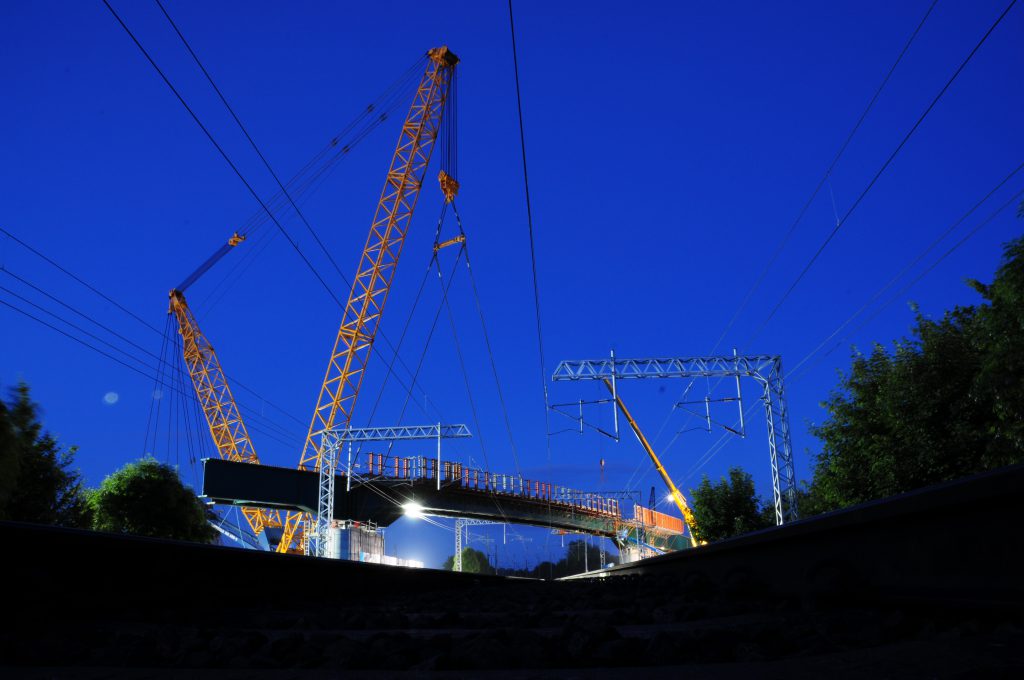Hitchin Grade Separation project receives CEEQUAL rating of Excellent
Overview
The Cambridge Junction Grade Separation Project (now identified as the “Hitchin Alliance”) takes the Down Cambridge line over the East Coast Main Line (ECML) via embankments and viaducts, to rejoin with the existing Cambridge route approximately 1.5km east of Hitchin. For its sustainable practices, it got a CEEQUAL (now known as BREEAM Infrastructure) rating of 82.9%.
About
Network Rail is the owner and infrastructure manager of most of the railway network in Great Britain. It’s part of the Department for Transport, which reinvests its income in the railways.
Background
This project was conceived by Network Rail over 15 years ago to improve timetables on the East Coast Main Line (ECML).
The project involved the construction of the new elevated route via imported fill embankments and an elevated rail flyover extending over 800m and comprising steel girders and concrete deck. At either end of the grade separation new junctions were formed to align with the existing railway and included modifications to the Overhead Lines, Signalling and Telecoms. The project also delivered the new railway i.e. track, overhead line, signalling, power and telecommunications over the new route.
Challenges
Part way through the tender process, the Client introduced the concept of awarding the Contract as a ‘Pure Alliance’. This involved Contractor and Client teams fully integrating, co-locating and working under a modified NR12 contract to reflect the alliancing ethos.
The Hitchin Alliance was formed using the BS11000 ‘collaborative business relationship management’ standard and principles. This was a ‘demonstration project’ for Network Rail, amongst the first of its kind, so the process was closely scrutinised by Network Rail executives, meaning by definition an open an honest approach was needed to succeed, which is a quality HOCHTIEF prides itself upon.

Solutions
Headed by the Alliance Manager, the Alliance Integrated Project Organisation was designed to seek economy in resources by fully integrating team members from both parent companies and key suppliers. Team leaders from several disciplines formed the Alliance Leadership team. Their role was to take responsibility for identifying and managing change and risk, driving economy and innovation and ensuring that the project achieved or surpassed the key outputs. As the Alliance had ownership of the majority of project risks and opportunities there was a combined and committed desire to ensure that the process was robustly managed and that the Alliance achieved the maximum benefit.
Benefits
One of the key outputs of a ‘Pure Alliance’ is to drive innovation through the whole project lifecycle. The Hitchin Project delivered GRIP stages 5-8, therefore innovations were targeted on detailed design and delivery. Value engineering and design workshops were initiated from the outset with designers, reviewers and approvers forming a single integrated team. This allowed the opportunities to be established, developed and determined efficiently. The mutual benefit from this ensured that all parties worked together to drive initiatives to a conclusion.
